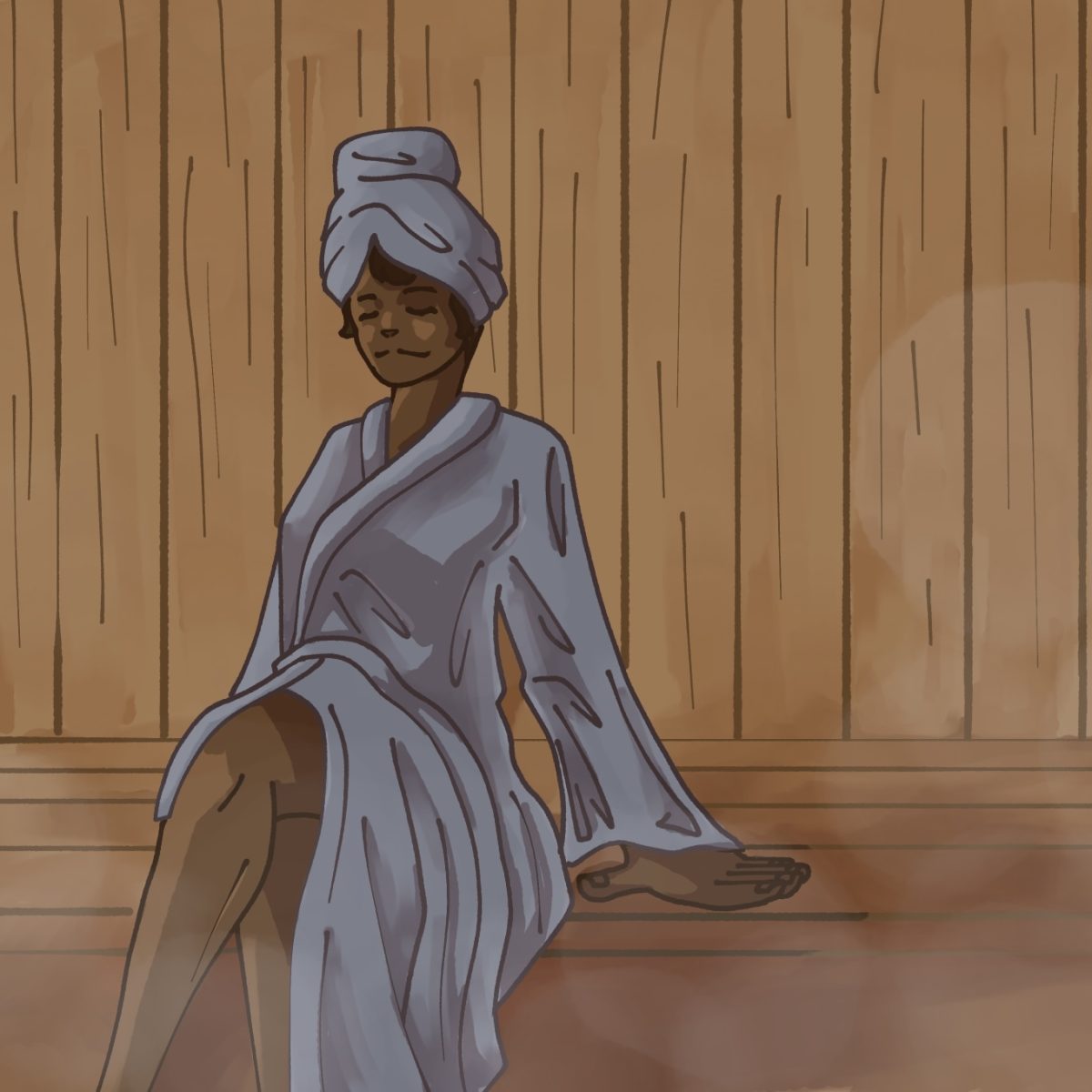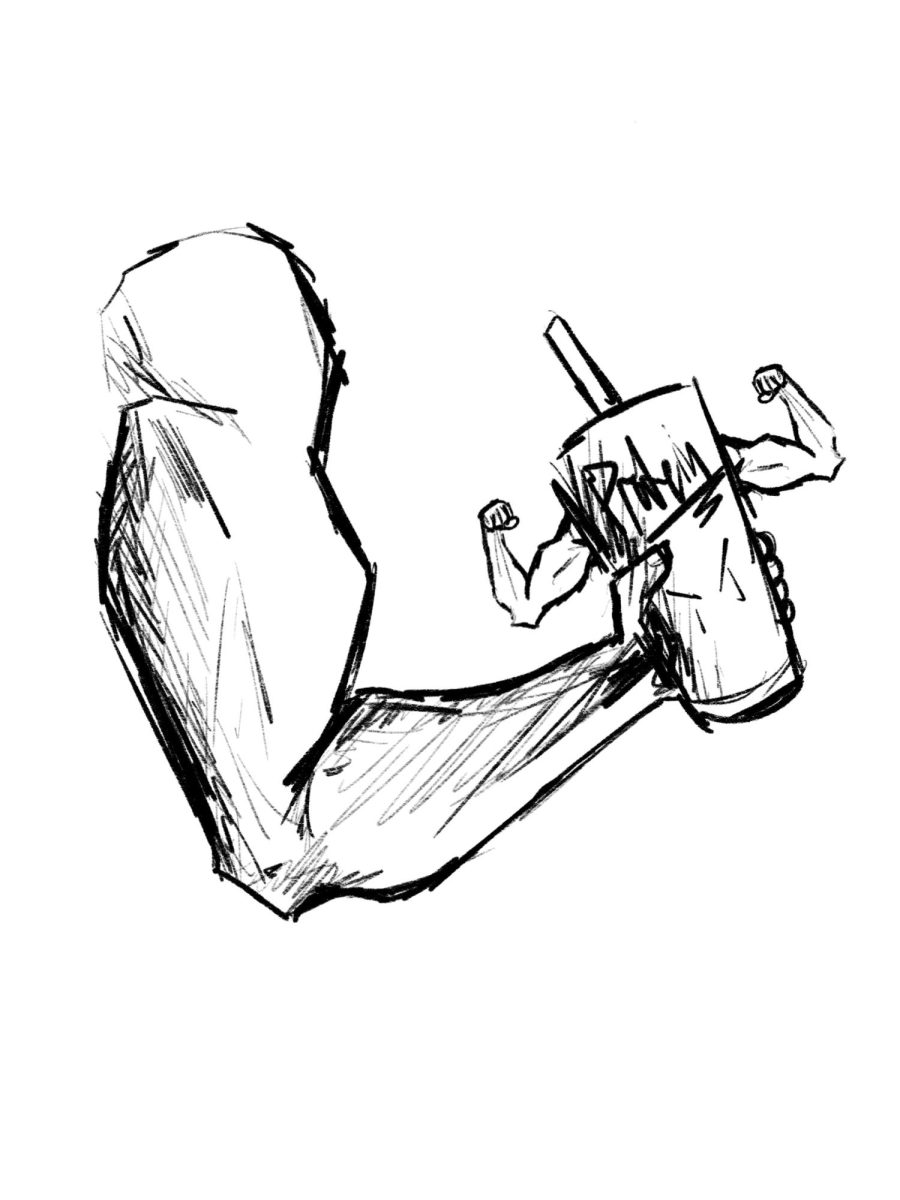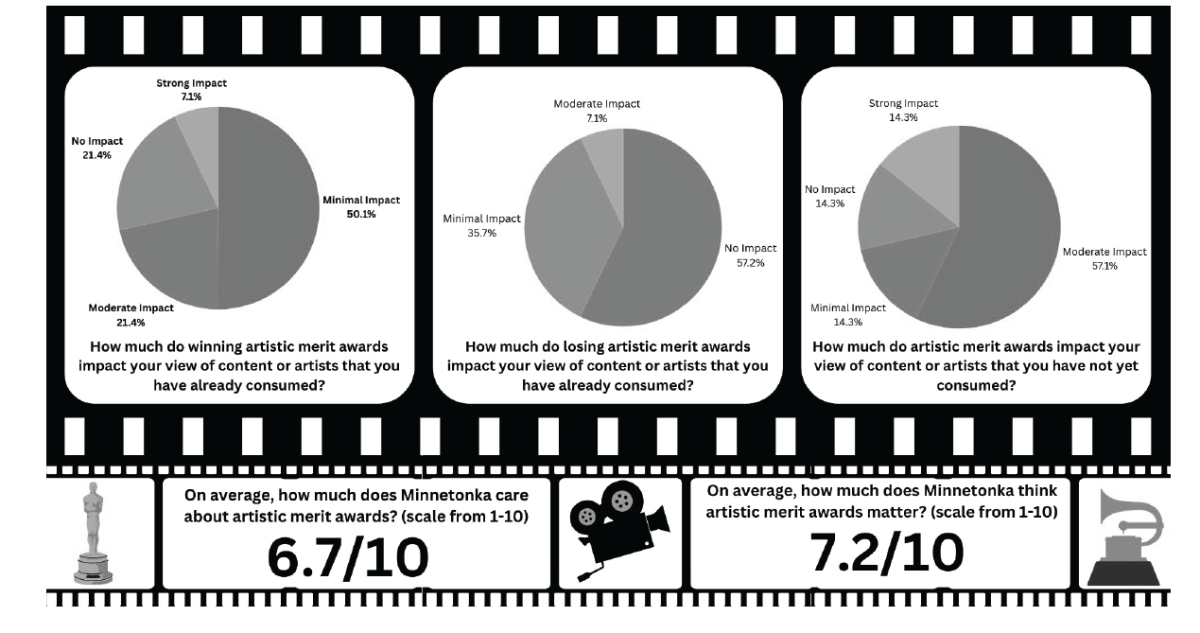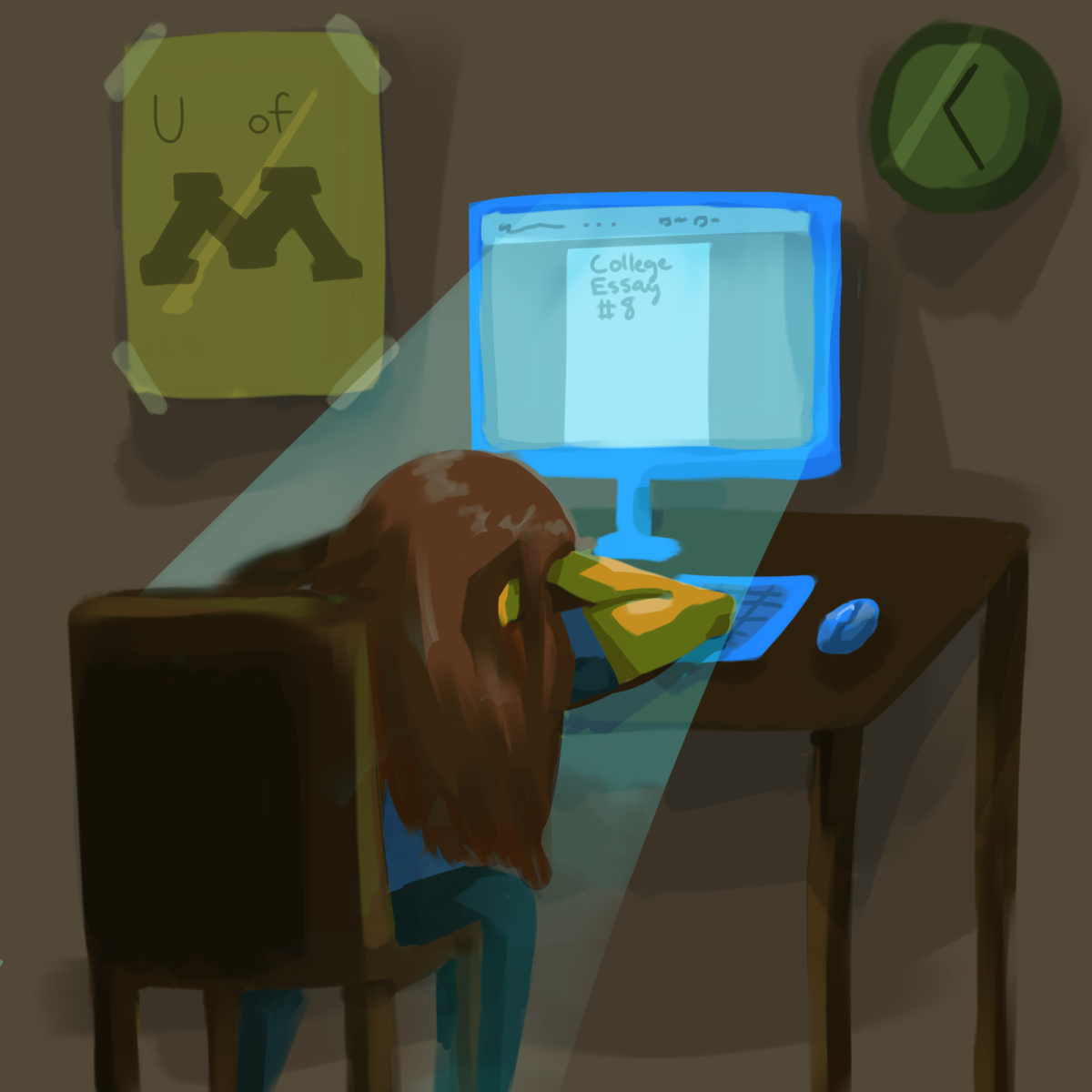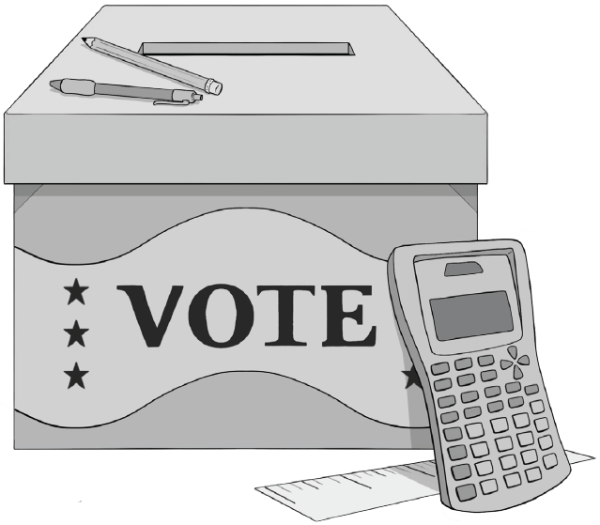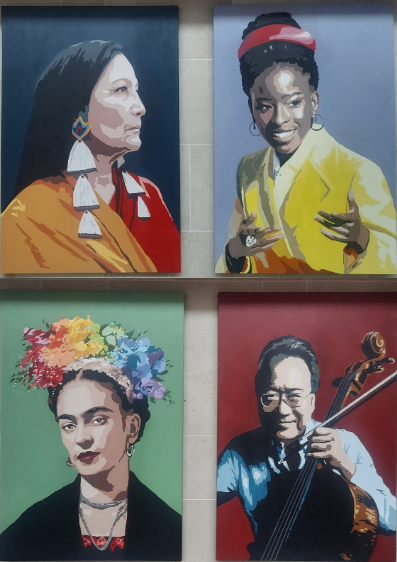Women And Men Of Color Clubs Reflect On The February Sit-In
March 18, 2022
In light of recent racist incidents at MHS, Black students at Minnetonka have taken a stand. Or rather, a sit.
The sit-in protest on February 22 in the cafeteria saw a passionate group of students speaking out about police killings, grief, prejudice and their own experiences of racism in Minnetonka schools. Organized by students of color, the sit-in was gripping, heartfelt and powerful, not only to the students watching but also to the administrators behind the scenes.
Student leaders Camille Beyah, ‘22, of Women of Color and Abdulkhani Abdi, ‘22, of Men of Color sat down for an interview to help shine a light on the situation.
Upon hearing about the disturbing occurrence on the basketball team, Abdi said he was initially upset and that “with more context and more information… [he] felt more angered and frustrated that the administration didn’t do much about it.“
This exasperation was then channeled into a plan that had already been in progress for months. Abdi indicated that the purpose of the sit-in was to “show the administration that students of color are frustrated and to give other students of color a platform to come and share their stories.”
The organizers not only wanted a call for change but also a space for students of color to heal.
Finally, the day of the sit-in came, and both student leaders were surprised to find a crowd of 400 students of all colors gathered in the lunchroom to support the cause. All made the conscious decision to skip their first three classes and risk unexcused absences to stand in solidarity.
“Seeing that all these kids were down for the cause and wanted to be part of that change was super amazing and super gratifying. I’m super grateful that I have that entire community behind me,” Beyah said.
Beyah was a predominant speaker at the sit-in and could be seen speaking emphatically while standing on a lunch table in a yellow hoodie. She admitted that she was a little nervous at first.
“It’s definitely a big thing to go out of your way to make that change,” Beyah said. “Something that really resonated with me was that everyone was engaged and that everyone was willing to listen.”
Beyah firmly believes that sometimes silence is power, a sentiment that spurred her to incorporate silence into the event. She instructed the audience to snap instead of clap for speakers and remain silent during passing time. She also emphasized the importance of learning and reflecting.
“A lot of the time people think protesting is just, ‘Oh, we’re here to make noise,’ but I think, a lot of the time with these racial incidents, it’s meant to be a growth moment and not just an angry moment,” she said.
Later on, when opportunities arose for other students to speak about their painful experiences with racism at Minnetonka schools, the hopeful and impassioned mood quickly turned sour.
“It’s super disappointing that a ton of students had to go out of their way to explain their stories and say what they went through and that nothing happened [on an administrative level] for them, that they didn’t get the justice that they deserved,” Beyah said.
It’s tough to expect any response other than a distressed one when students share stories of being called derogatory slurs in first grade (or any grade for that matter). Student shared stories of little sisters, little brothers, older sisters and older brothers being harassed for their race, as well as stories of parents whose only option is to urge their children to just grit their teeth and bear it. What’s more troubling is an administration that continues to take little to no action in cases like these.
Fernanda Arreola-Lucio, ‘24, a member of Hispanic Student Union, also attended the sit-in.
“I think that it was great but also just really upsetting that so many people have these bottled up emotions and sadness, myself included. We had been thinking all these things, feeling all of these emotions and never really got a chance to express them, or even felt afraid to express them because of the administration,” Arreola-Lucio said.
Though the event involved visceral emotions for many, Abdi affirmed the direct message to the administration was, “It’s time to change”.
Students of color have a list of demands to be met by administration for the 2022-2023 school year. They ask that the administration air a student-made video about police brutality by March 11. They also want the school to include racial affinity spaces led by trained professionals who are people of color. This would entail a specific place for BIPOC students to come and have space aside from the Men and Women of Color groups.
To further emphasize the importance of supporting students of color, they implore the school to host a racial retreat that includes outside sources of BIPOC’s choosing to come and teach about racial issues and violence. They also demand a direct panel between students of color and district staff on race, as well as that teachers ask students of color directly how to improve their teaching styles by the beginning of the 2022-2023 school year.
Beyah said, “Overall, just having the entire district be a part of these new goals and new demands because, from what we learned from this incident, this isn’t just a Minnetonka High School issue–this is a district-wide issue. Having the inclusion of every single school from the district is essential to this plan.”
Thus far, Beyah asserted that “there hasn’t been that much word from [the administration]. It’s just more of a reflecting period.”
Though reflection is important, swift action is undeniably necessary. It is essential that students of color feel safe at MHS. Not just safe, but valued, heard and accepted. We cannot continue to allow these incidents to fade into obscurity while the status quo of prejudice persists.
“It’s 100% dependent on the administration, if they follow through,” said Abdi.
Therefore, demands must be met, reforms must be made and students must stay vigilant in case the promise of said follow-through fades away, too.


